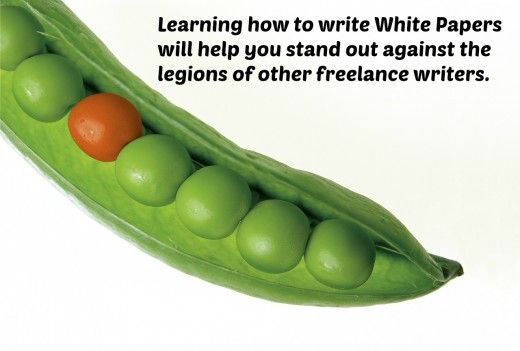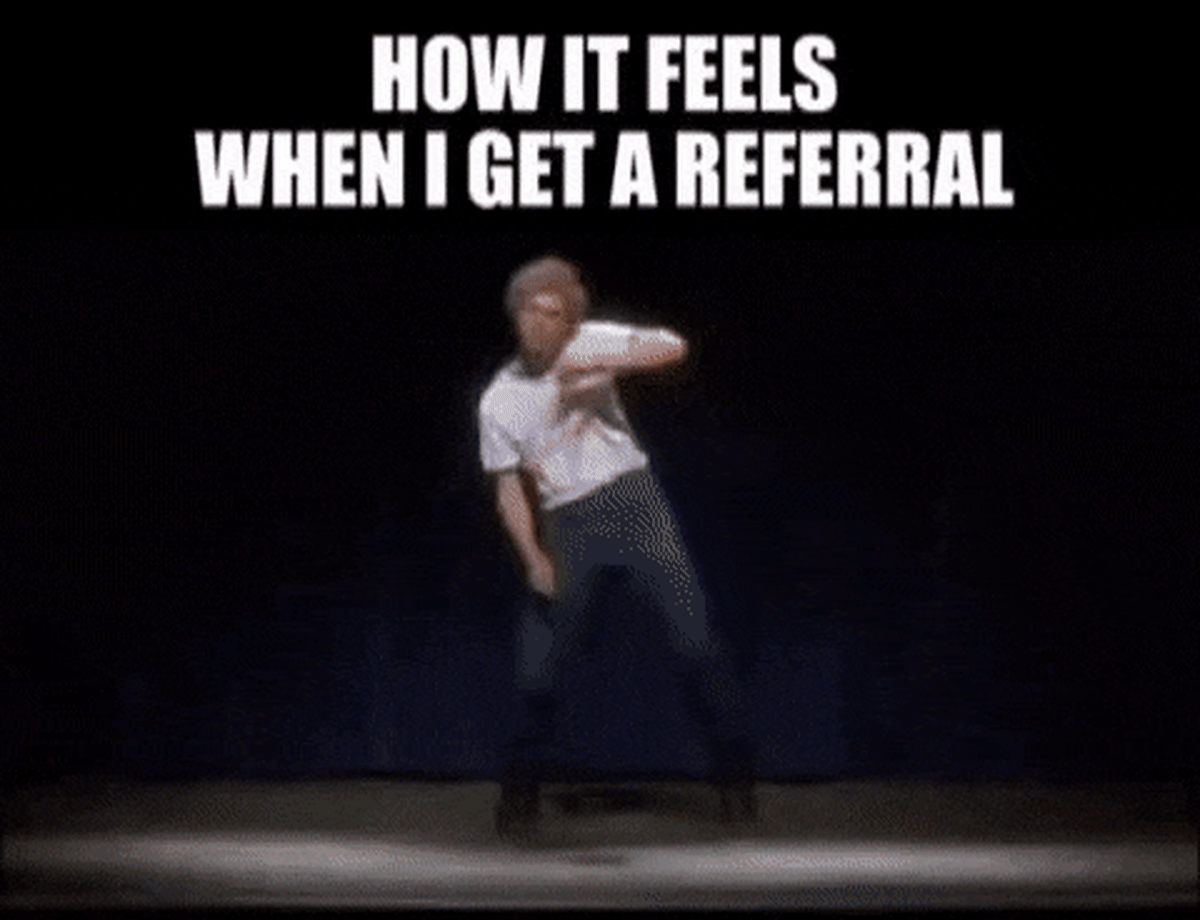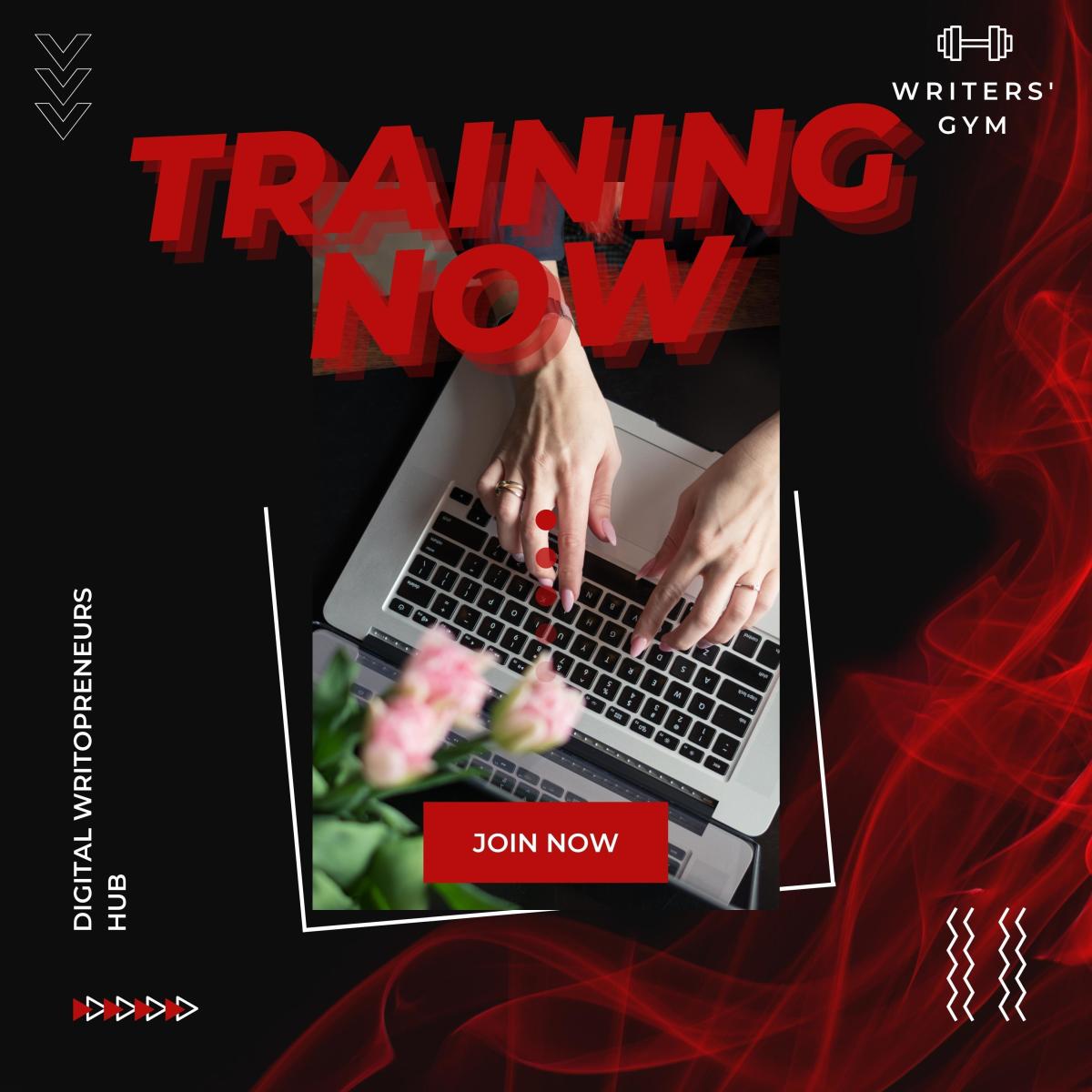Freelance Writers Earn a Livable Wage with White Papers

Adding to your Freelance Writing Repertoire
As a freelance writer you have many options open to you as you seek out writing assignments from potential clients. Many beginning freelancers start out by producing online content; mostly because it’s the easiest way to break into the business. Quite frankly, building an online portfolio is an essential step in becoming a professional freelance writer.
Sooner or later, the new freelancer is going to have to step out of their comfort zone and start producing copy that will take them to the next level. The next level is where the freelance writer will start seeing livable wages as well as build the confidence to tackle any writing assignment.
At some point, one of these assignments may be what is called a White Paper. A Whitepaper is an advanced form of copy that is used to help readers understand an issue, solve a problem, or help them make a decision. In short, it is a 3 to 8 page report (1000 to 3500 words) mostly used as a pre-sale device by companies as well as government authorities.
Keep in mind that writing white papers can fetch huge fees. Just starting out, writers can expect fees between $1500 and $3500 and more experienced and reputable writers can see fees reaching $15,000 for a single project. Here are other freelance projects where you can see great fees.
Examples of White Papers
- Custom ROI White Papers - Return on Investment White Paper Examples
Case Study Forum offer Professional Custom ROI White Paper online examples by our professional Writers & Editors in Massachusetts. Business white papers, technical white papers, medical white papers - White Paper Examples
StratVantage writes concise, effective technology white papers and can help you use permission marketing to promote them. - That White Paper Guy's Samples | That White Paper Guy - Gordon Graham
I've written about technology for 30 years... and won 15 awards doing it. But awards don't mean anything unless my clients are getting results. Here's a sa
What is a White Paper?
Ask a dozen different people and you will get a dozen different answers as to what a White Paper is. Historically, they were used by legislative bodies as documents to explain complex policies and methodologies to the general public in laymen terms.
They are still used in this manner but they have also evolved to include reports used in business to business (B2B), to outline the benefits offered by a new technology, product, or service, and are then used internally to garner support in development, or externally to attract new clients or investors.
White Papers are also used now by businesses to consumers (B2C), to show how the vendor can solve a particular problem with a particular product or service by highlighting the most important benefits and using relevant facts.
Generally speaking, whitepapers are used as a pre-sale tool but not in the conventional method of sales copy that plays on emotional triggers, such as fear, greed, or vanity. White Papers appeal to the reader through the use of irrefutable facts and statistics, ironclad logic, and quotes from industry influencers. They describe a specific problem and propose specific solutions by highlighting the benefits of a specific policy, product, or service.

First Steps
Of course, before you can start writing your white paper, you need to gather as much information about the subject as you can from the client or project manager. You can do this with an in person interview or if the client prefers, over the phone or through services such as Skype. The type of information you will need to gather includes, but is not limited to:
- Identify the problem that needs to be solved.
- Identify (and be specific) who the intended reader will be.
- Gather relevant facts.
- Gather relevant statistics, charts, illustrations, photos, other potent graphic elements.
- Identify relevant testimonials from satisfied customers.
- Identify relevant competitors.
Writing White Papers
Now that you are ready to start drafting your report you will want to start off with a catchy headline or title that allows the reader to infer that a certain problem is going to be solved. It needs to grab the reader’s attention and pull them into the body of the report. Choose a headline that mentions a benefit or solution to a complicated problem. Next, choose a sub-headline that mentions who the optimum reader would be.
Example: “5 Ways to Increase your Bandwidth without Paying for Upgrades: A Guide for Those using Shared Bandwidth”
Notice how the headline states the problem (low bandwidth), entices curiosity (without paying) and targets a specific reader (shared bandwidth users.)

The Body of your Report
You don’t have to write like Mark Twain but you do want the body of your paper to flow like a story, written in laymen terms, so that even the most inexperienced user is going to find it useful. The paper has several parts but each must connect in a way that guides the reader to your optimal conclusion.
Introduction: Following a compelling headline should be an abstract or executive summary. This is where you tell the reader what to expect from the report. This is also where you will state any high level issues, trends in the industry, and recommendations about the topic. Be brief, the summary should be about one page and touch the key points covered in the paper, but also be clear on what problem you are going to tackle and only touch on a possible solution.
High Level Solution: This is the section where you will build your argument using tables, charts, and other graphics to hammer in the problem. You should also use quotes from industry influencers to bolster your client’s position. Be certain to educate the reader that the problem is real and exists as a current trend in the industry.
Detailed Solution: This is where you will go into great detail on the possible solution to the problem. This is where you can start a soft sell by showing how your client’s solution is far better than the competition. Here you will also use tables, charts, and other graphics to help support your position but also you my consider using case studies and customer testimonials which you would have gathered during the research phase of the report.
Business Benefits: This is where you will hammer home the idea that your proposed solution will work for the reader. You can discuss how the return on investment far outweighs non-action. Make the reader feel that your client has walked in their shoes and truly understands the pain associated with the problem. This is another good place to use customer testimonial quotes.
Summary: Use a compelling summary of the main benefits and solution to the problem. Also, reiterate the risks associated with no action or those that are on the fence about using the client’s service, product, or solution to the problem.
Call to Action: This is where you give the reader an opportunity to engage by having them “fill out a form,” “call the vendor,” or “sign a petition.” Be specific on what you want the reader to do and how to do it. This is not the place to “Ask for the Sale.”
How to find Whitepaper Writing Jobs
Just like most of the advanced forms of freelance writing gigs, it is nearly impossible to land the lucrative gigs without having some samples to prove that you can actually perform the task at the level a client is seeking. It’s the old “Catch 22.”
You may have to bite the bullet, as they say, and offer to volunteer your services a couple times until you have the samples and testimonials. This is actually how I had to start. Even though I had the confidence to be successful, nobody was willing to take a chance on me, not even for half the cost of what they would normally pay.
I reached out to a couple Non-profit organizations that I had already done some volunteer work with and offered to write for them in exchange for their testimonial if they were satisfied. Both organizations were happy to give me the opportunity as it didn’t cost them anything. And then the marketing manager of one of the organizations reached out to some of her colleagues and gave me some glowing reviews, from which I landed several paying gigs. Now I had some samples to show off.
Once you have some samples, you can start reaching out to connections on LinkedIn, and search the job boards of Indeed and Craigslist. But the best places to start are with the people you know. For instance, I had an acquaintance that was just starting his own architecture firm and I remembered him telling me that the only work he was landing was for new porch systems and a few remodels. I offered to write him a white paper (under contract to pay at a later date.) By the end of the year, he was recognized in the Chicago Tribune as “someone to watch,” and billing close to 7 figures. He actually paid me twice because I also turned the white paper into a brochure.
Every journey of a freelance writer is different but that doesn’t mean we can’t leave some breadcrumbs for others to follow. The market is wide open and growing. Not all great innovators are great writers and that is where we can take the lead.








